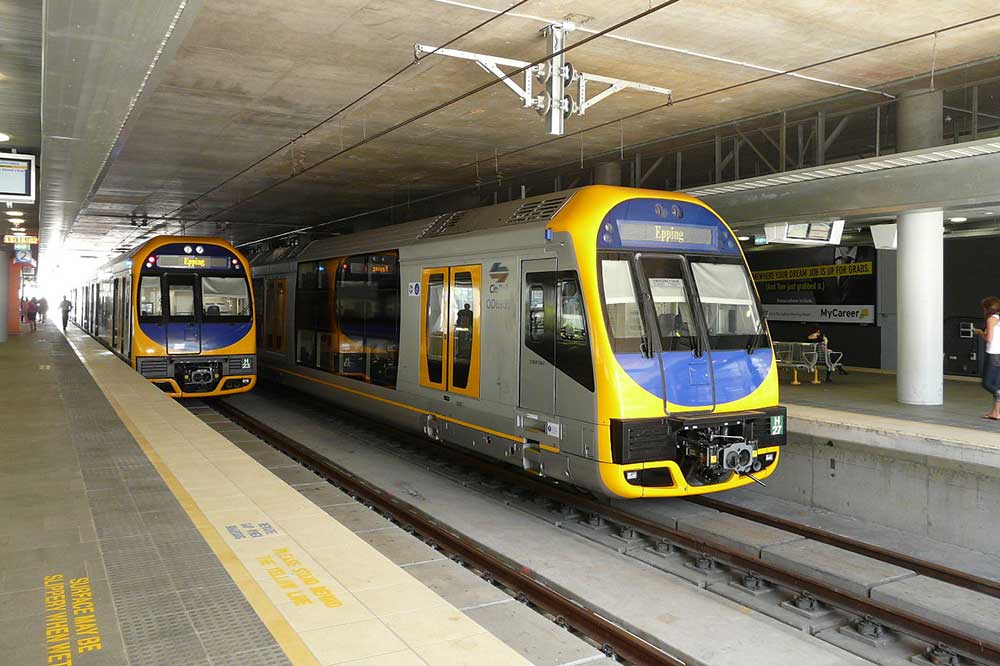 The New South Wales government has invited industry to tender for the delivery and maintenance of a new set of trains in the long-distance, intercity fleet.
The New South Wales government has invited industry to tender for the delivery and maintenance of a new set of trains in the long-distance, intercity fleet.
Initially announced in May 2015, the government has now formally released a Request for Tender for the design, manufacturing, testing, commissioning, supply, delivery and maintenance of about 520 carriages, equating to around 65 brand new intercity trains.
This new intercity train fleet will carry passengers to the Central Coast, Newcastle, the Blue Mountains, and the Illawarra.
The project is valued at $2.8 billion, with four shortlisted consortia invited to tender, including Alstom Transport Australia Pty Limited; Downer-CRC Consortium, comprising Downer EDI Rail Pty Limited and Changchun Railway Vehicles Co Ltd; Stadler Bussnang AG; UGL/MEA/HRC Consortium comprising UGL Rail Services Pty Limited, Mitsubishi Electric Australia Pty Ltd and Hyundai Rotem Corporation.
Transport for NSW expects the contract to be awarded in mid-2016, with the new fleet in service progressively from 2019 through to 2014.
The project is also ambitious in its scope compared to previous rail projects, since the four consortia will be asked to consider a wide range of technological integrations that are only beginning to be seen in projects of this scale.
The consortia will need to consider different options the simple things for seating configuration, bike storage and luggage racks.
But there will also be the possibility of a ‘premium carriage’ and a Wi-Fi connection, similar to the Western Australian government’s announcement that it would be tendering for Wi-Fi on public transport.
According to the government, the consortia will also be asked to design a longer train and a shorter train configuration to support travel on different lines along the network.
The last time that NSW intercity commuters were treated to a ride on brand new trains along the Central Coast, Newcastle, the Blue Mountains, and the Illawarra routes was in 2006 with the introduction of the NSW TrainLink H Set, which were manufactured by UGL Rail.
When the new trains are operational, some of the old ones may go into the regular Sydney Trains service to ensure that all trains are air conditioned.





